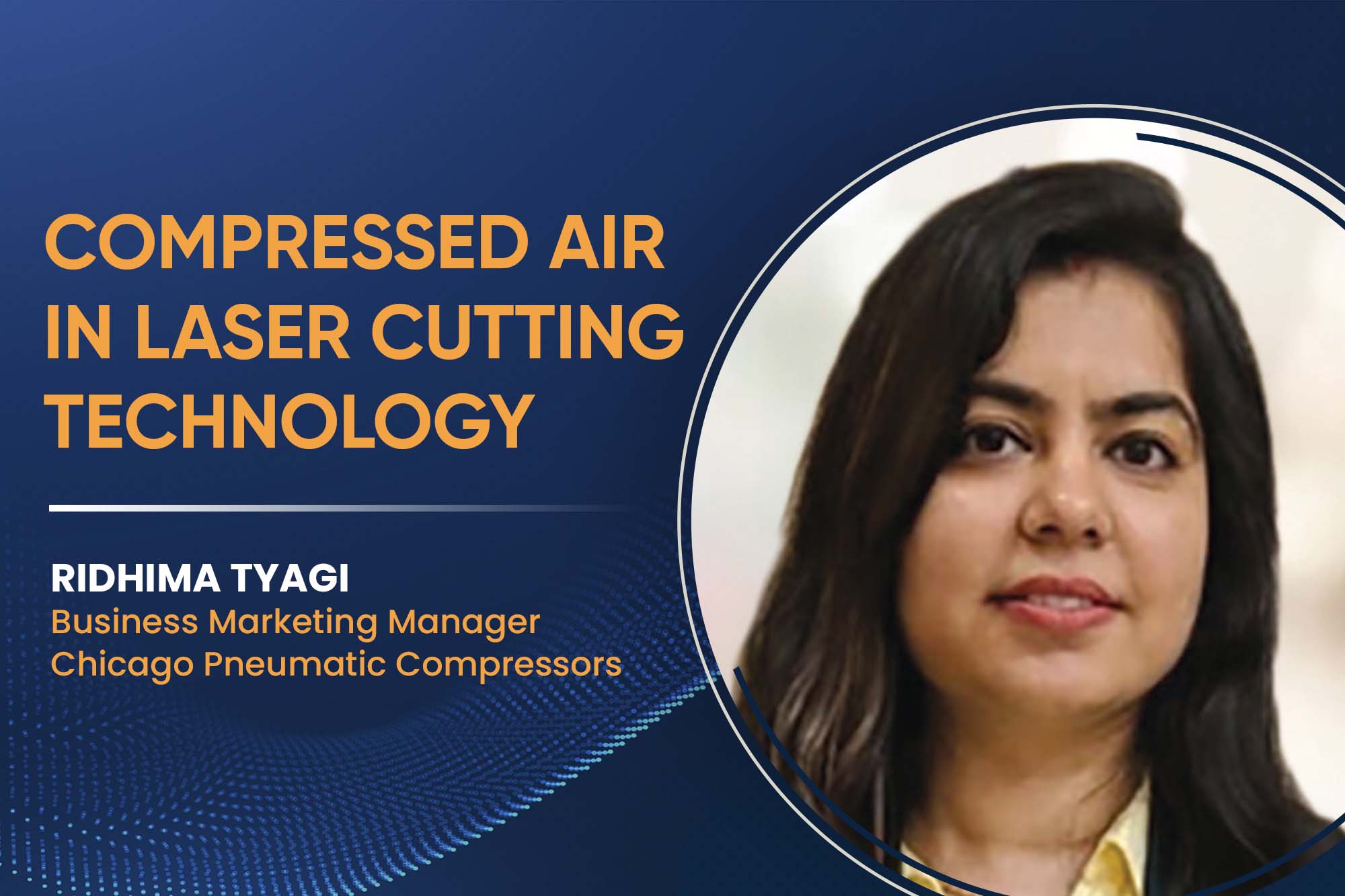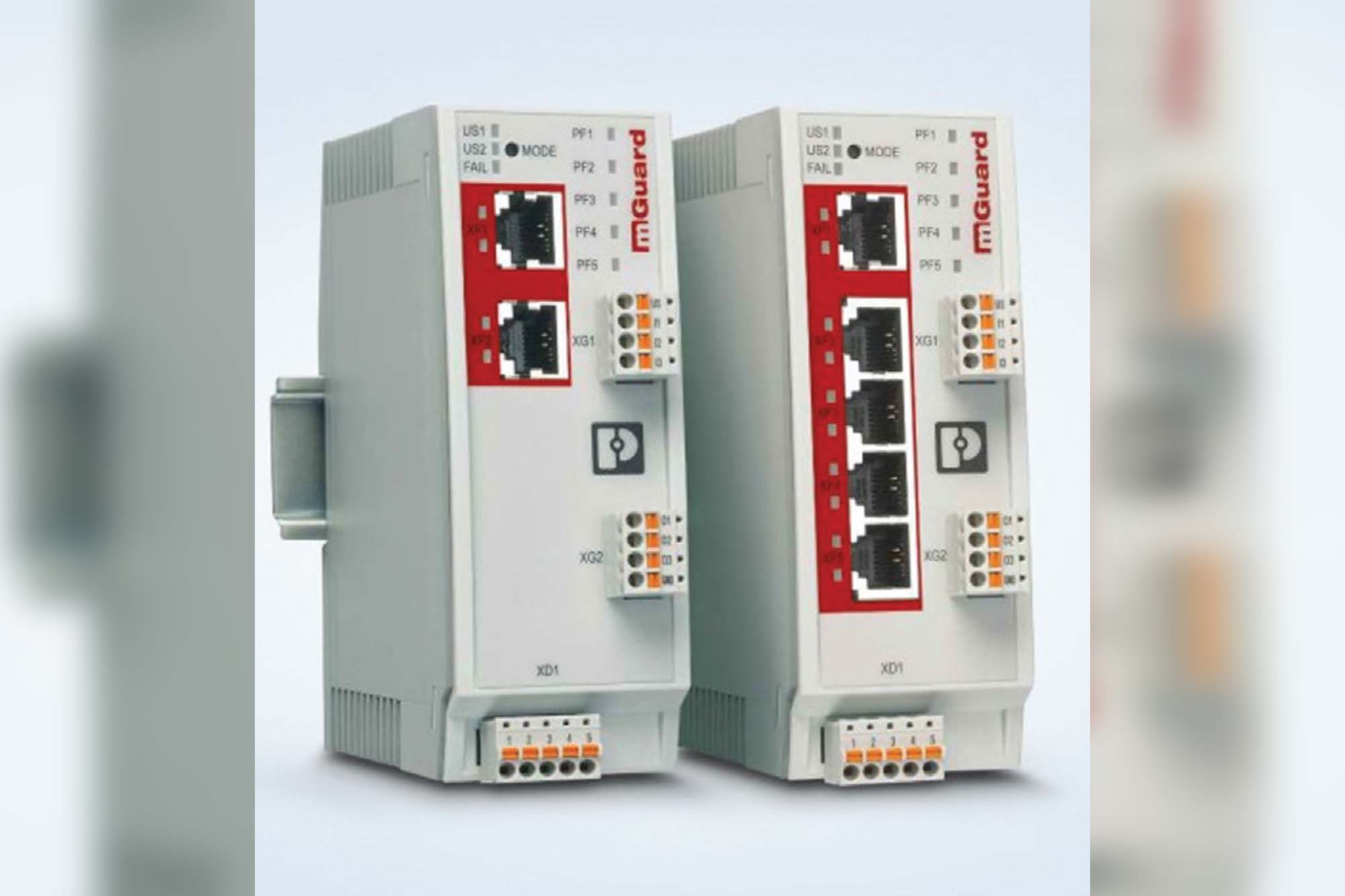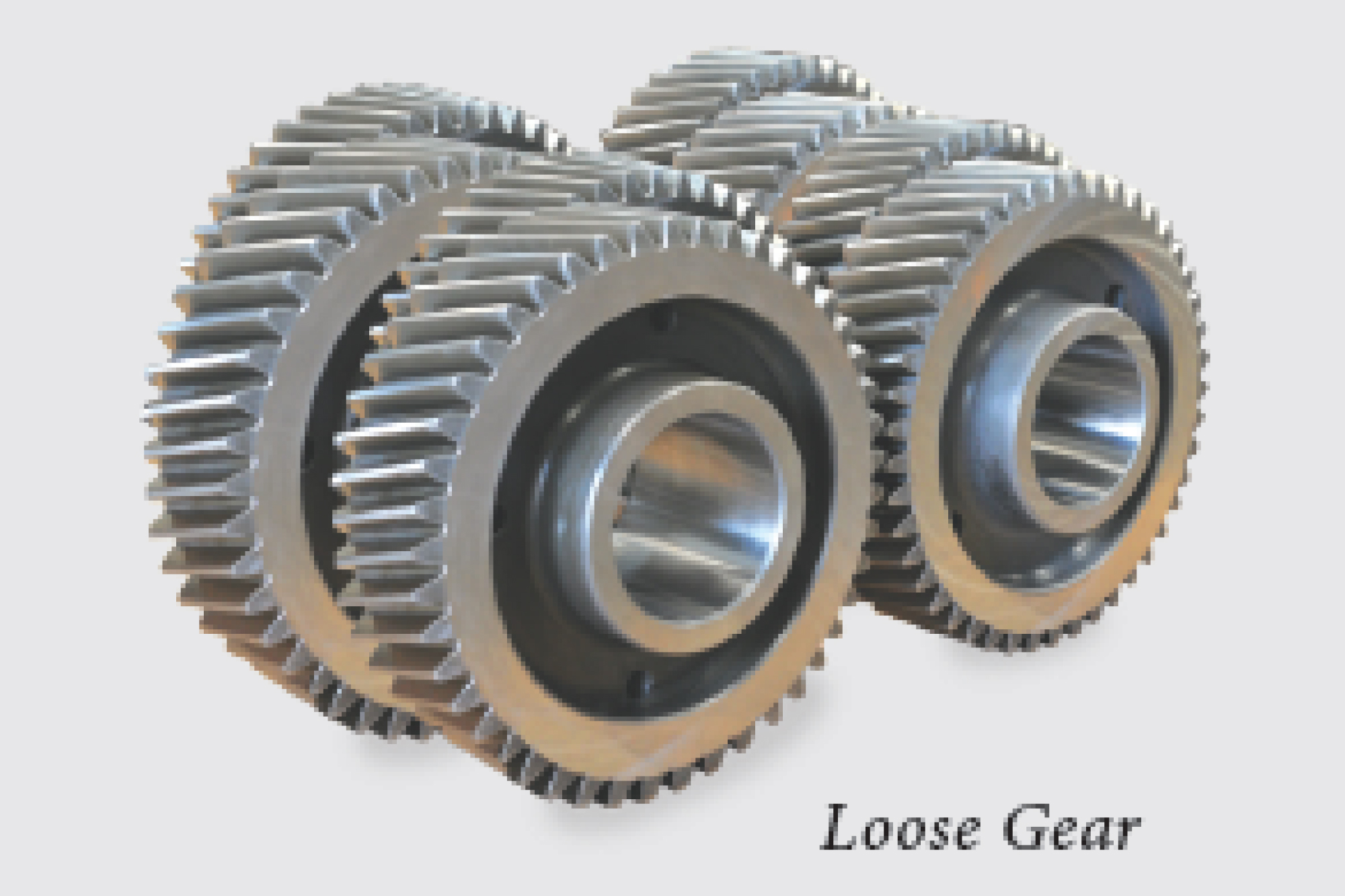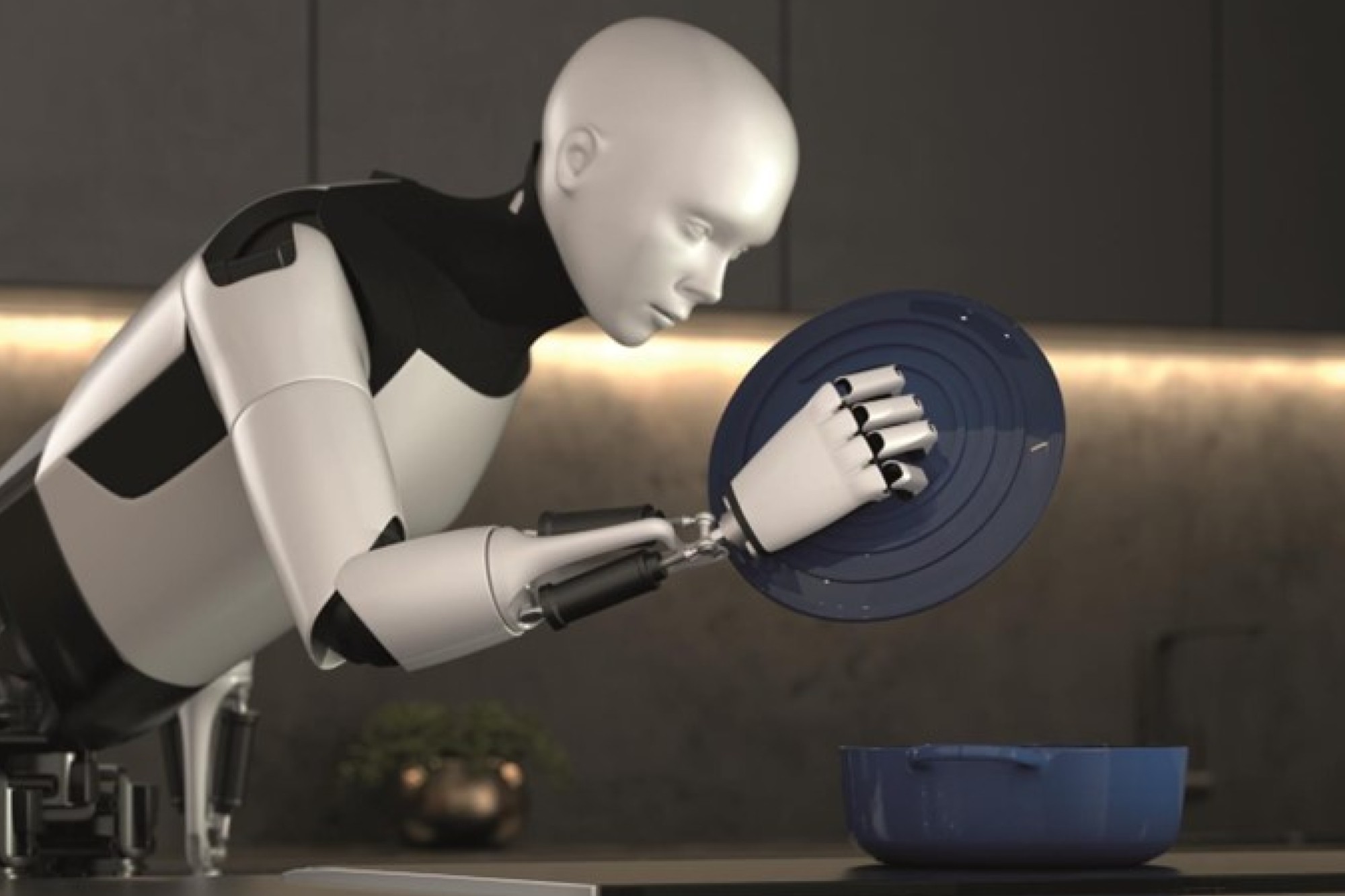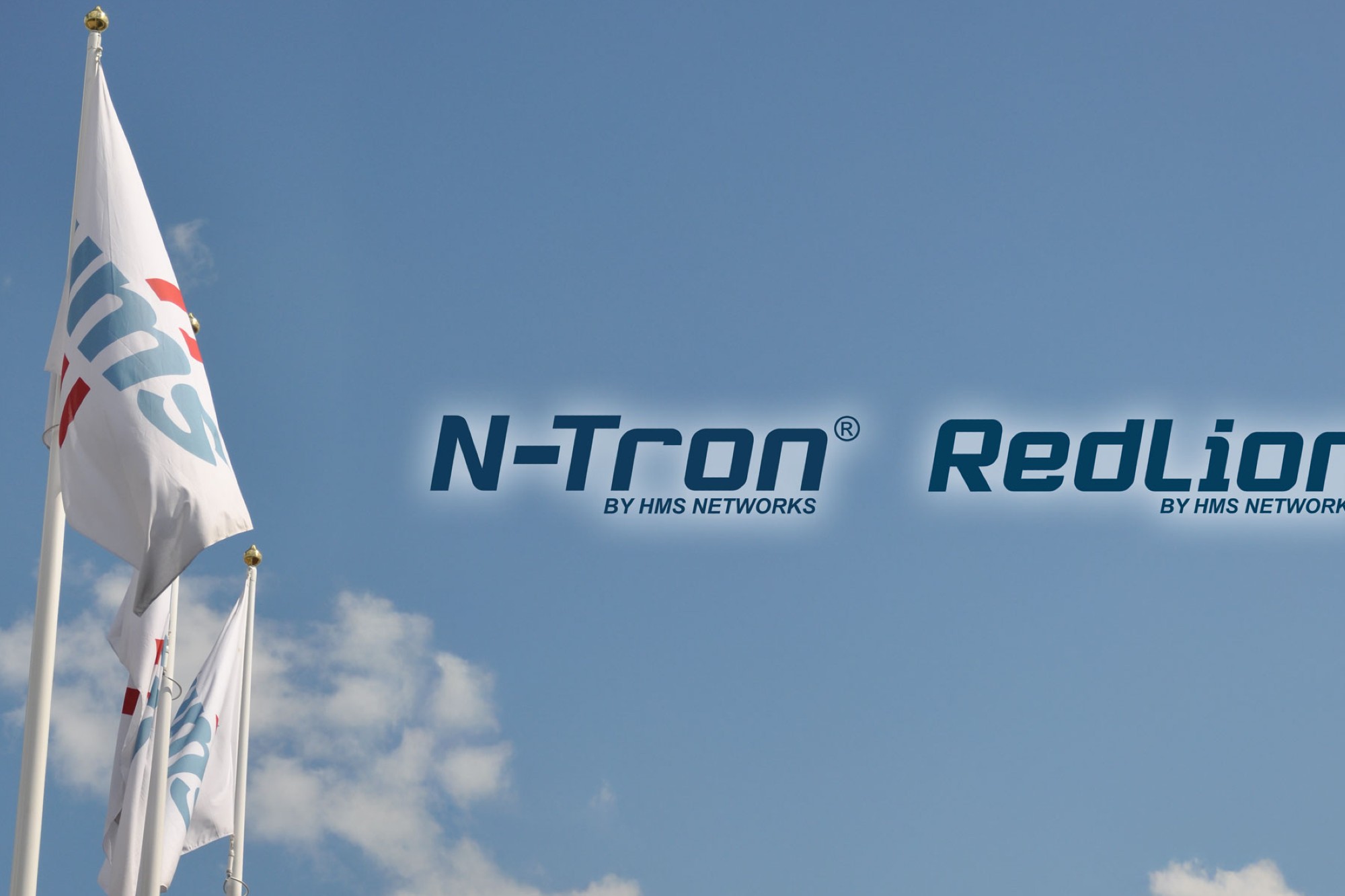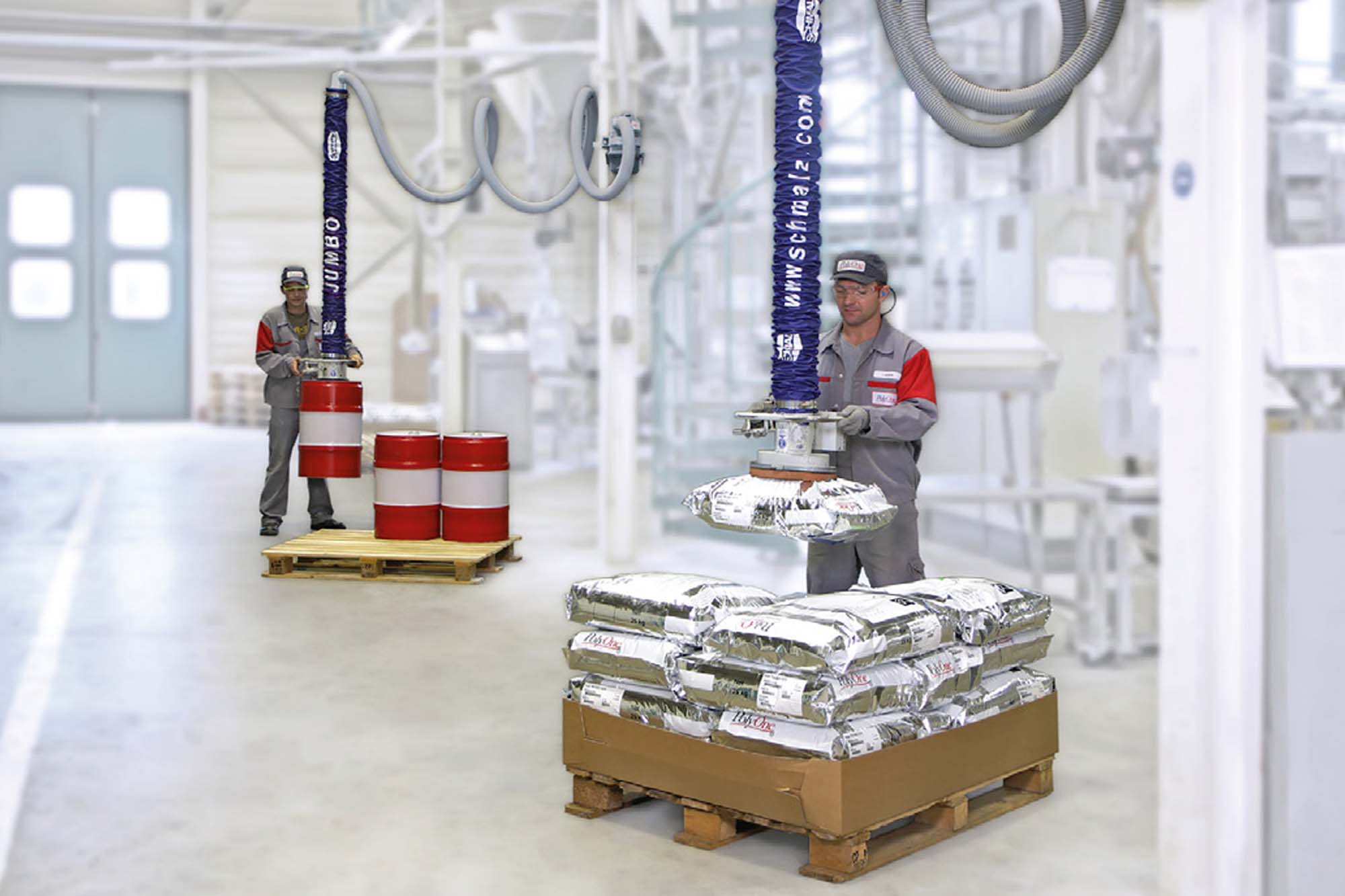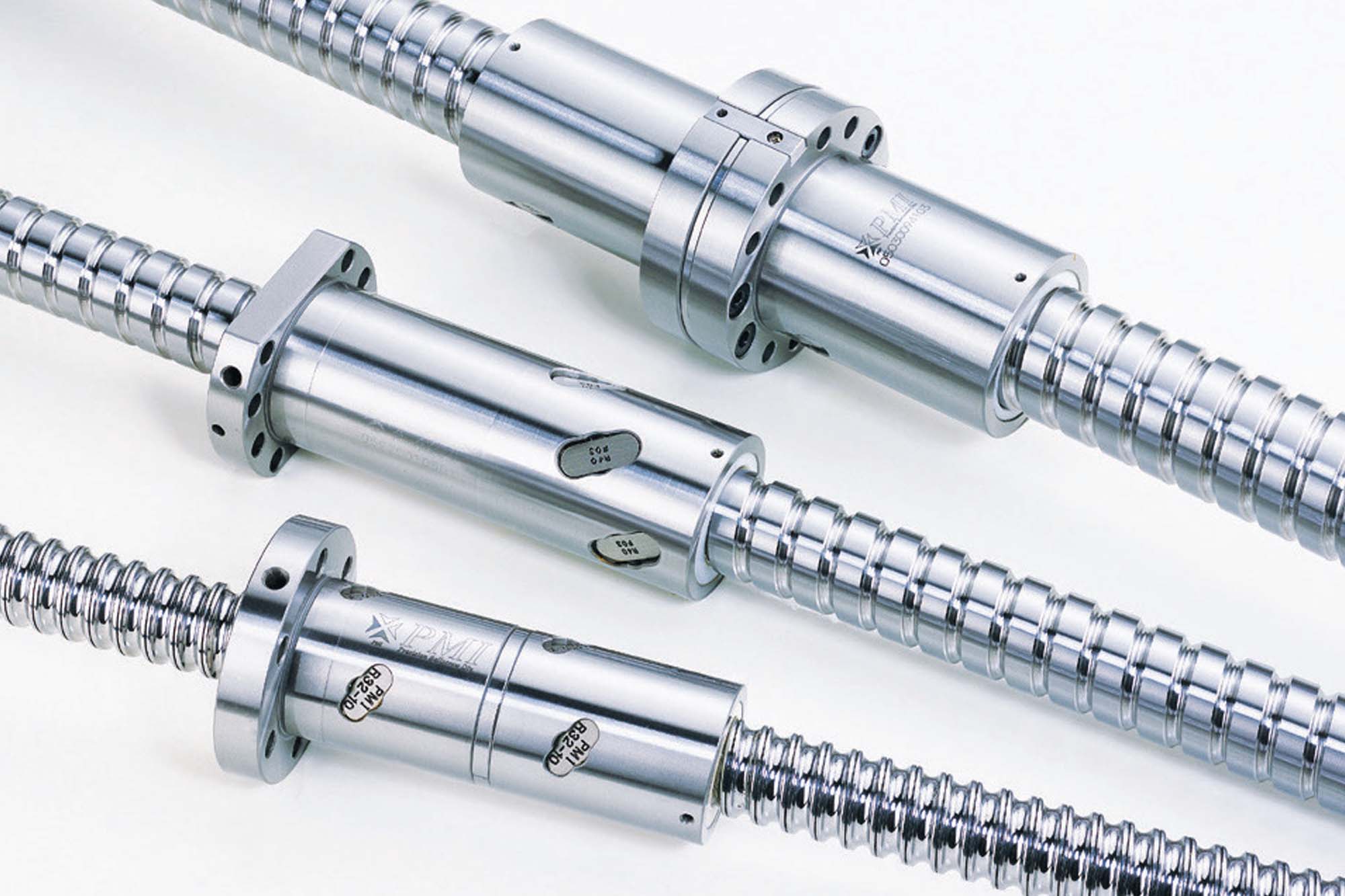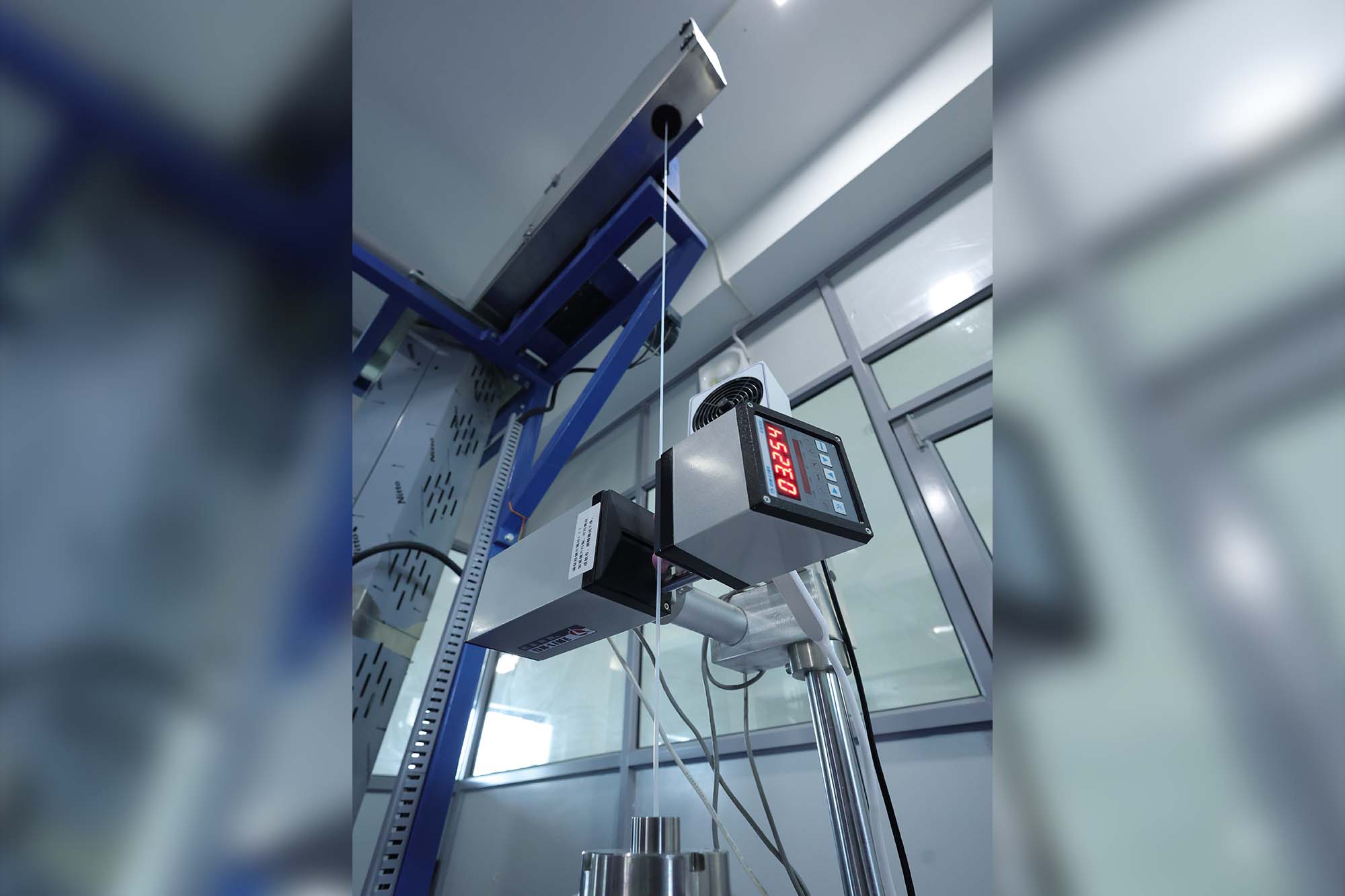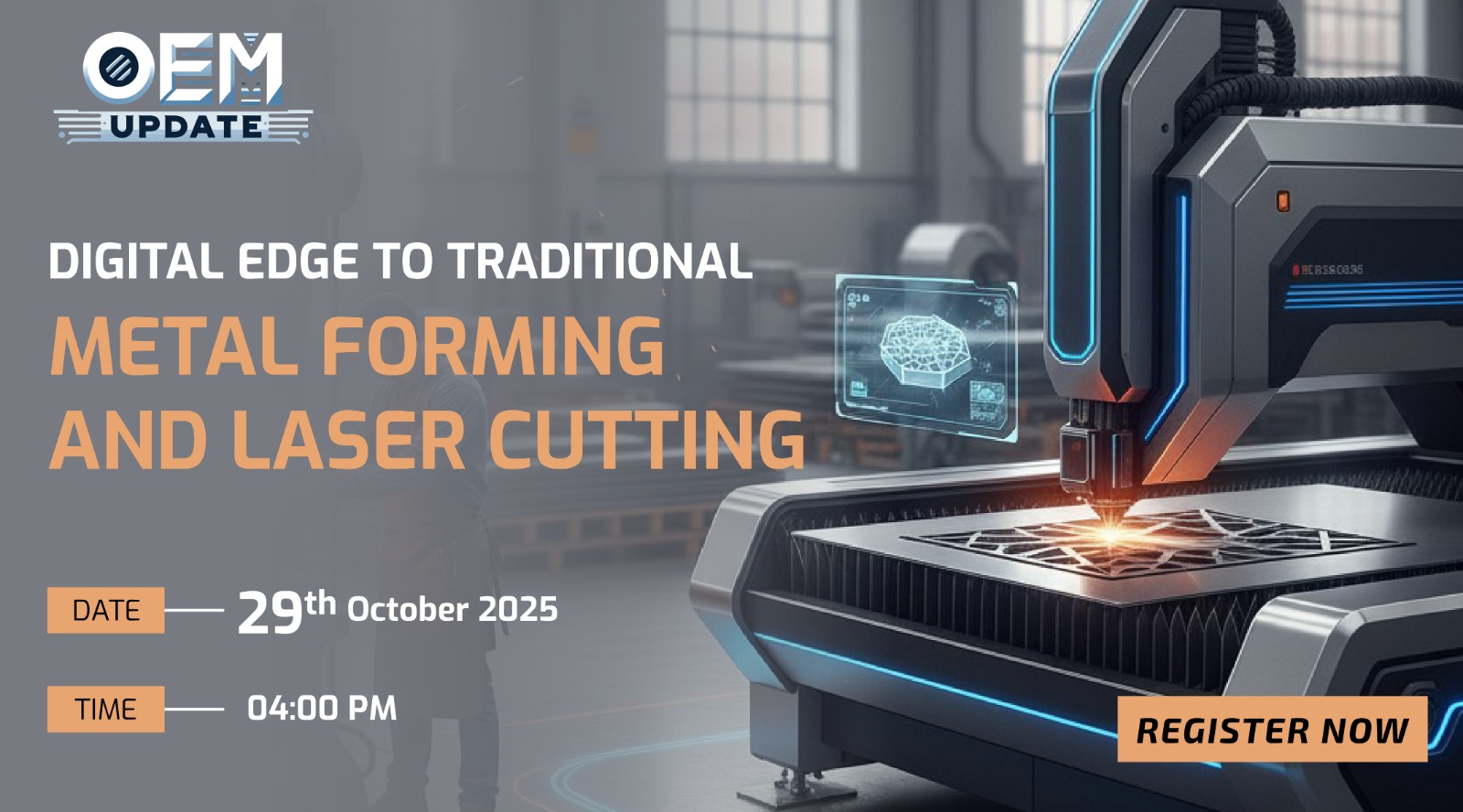Compressed air in laser cutting technology
By OEM Update Editorial May 9, 2024 7:25 pm IST
The power of the laser cutting machine, the kind of auxiliary gas, the pressure, and the auxiliary gas flow rate are the key parameters that impact the thickness and efficiency of metal laser cuts.
Laser-cutting technology has emerged at the forefront of the cutting industry due to its precision, speed of operation, ease of use, efficacy, and low maintenance costs. It has become an increasingly popular method that employs a high-power, high-density laser beam to irradiate a workpiece to cause the material to melt, vaporise, or blow away. The power of the laser cutting machine, the kind of auxiliary gas, the pressure, and the auxiliary gas flow rate are the key parameters that impact the metal laser cutting thickness and cutting efficiency.
Cutting gas supply is an essential part of laser cutting. Air compressors, as auxiliary gas providers previously, were mainly used for cooling and cleaning purposes in the laser-cutting process. Moreover, compressed air is used as a cutting gas, depending on the materials used and their thickness.
Importance of air compressors in laser cutting
Air compressors play a crucial role in laser cutting by facilitating residue removal and enhancing cutting precision. Compressed air or pressurised gas, directed alongside the laser beam, expels molten residue from the cutting area. This simultaneous blasting enhances cutting speed and ensures smooth, burr-free edges.
Moreover, the compressed air enables laser cutting machines to work with various materials, from delicate fabrics to robust metals and gemstones. This versatility maintains high levels of precision and consistency across multiple applications.
Compressed air advantages for laser cutting
Compressed air offers several advantages for laser cutting operations. First and foremost, it is cost-efficient, making it a budget-friendly choice.
Additionally, Depending on the material type and thickness, compressed air can lead to faster cutting rates and improved overall throughput, optimising production efficiency.
Moreover, compressed air helps reduce the heat-affected zone around the cut edges by rapidly cooling the material during cutting. This is particularly important for materials prone to distortion, such as metals, as it helps maintain dimensional accuracy and reduces the need for secondary finishing operations.
Furthermore, Laser cutting systems rely on precise optics to focus and deliver the laser beam to the workpiece. Compressed air keeps these optics clean by removing dust, smoke, and debris that can accumulate during cutting processes. This helps to maintain consistent cutting quality and extends the lifespan of the optical components.
Lastly, compressed air has advantages for utilising existing infrastructure. Since compressed air is commonly used on-site for various purposes, such as powering other machinery, facilitating dust extraction, and supporting automation processes, integrating it into laser-cutting operations effectively leverages existing infrastructure.
Air compressor selection in laser cutting
The following factors should be considered to ensure high cutting efficiency while selecting an air compressor for laser cutting equipment.
Compressed air quality significantly affects laser cutting outcomes, as it often contains water mist and oil. Failure to clean the compressed air can disrupt the laser beam transmission, disperse the focus, and result in incomplete cuts and waste.
A robust compressed air system must include a high-quality dryer to remove moisture to mitigate these issues. It should also include high-precision filters to eliminate oil and dust particles. It ensures optimal conditions for laser cutting.
Advancements in laser cutting technology have increased pressure requirements for air compressors, with pressures rising from 8 bar to 16 bar over the past few years. Optimum air pressure ensures quality. For example, at times, you may have to switch to 16 bar discharge pressure instead of 15 bar to bring that finest finish; 13 bar is quite sufficient. CP is a pioneer in supporting the laser cutting industry with the most effective compressors that give the end products the quality they deserve.
In conclusion, the progress of laser-cutting technology highlights the critical role of compressed air. Compressed air is essential for achieving precision and efficiency in laser cutting operations since it saves money, speeds up the process, and leverages existing infrastructure. Ensuring compressed air quality and pressure is critical for achieving optimal cutting results and driving industry standards forward.
Cookie Consent
We use cookies to personalize your experience. By continuing to visit this website you agree to our Terms & Conditions, Privacy Policy and Cookie Policy.




